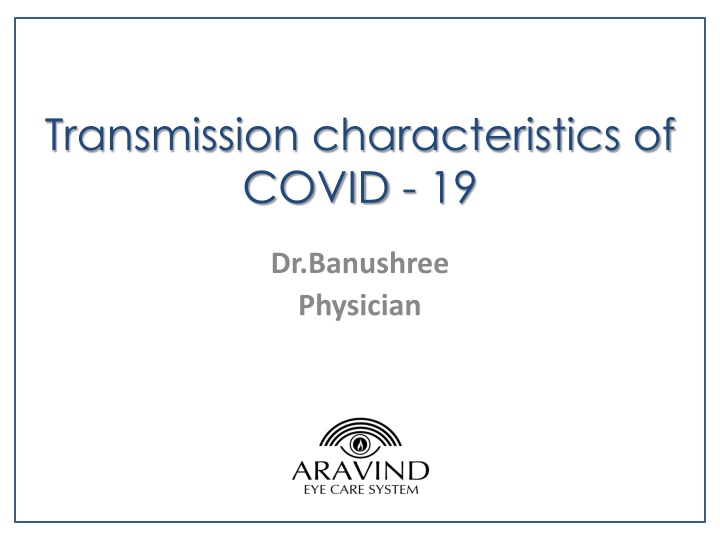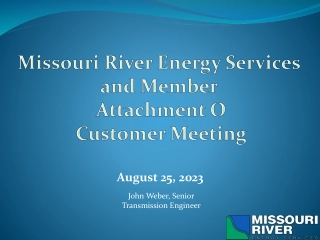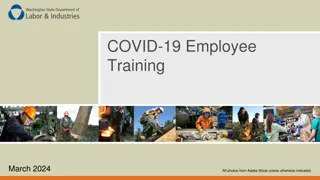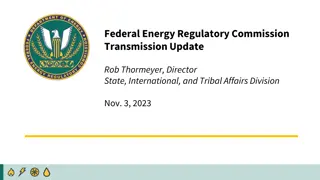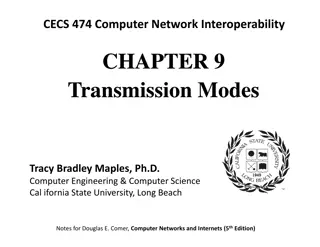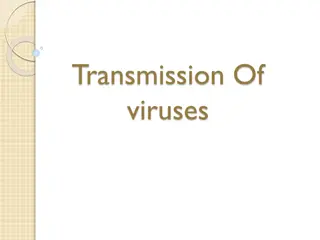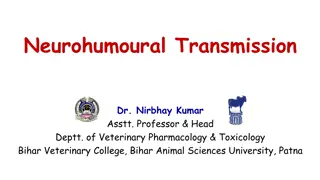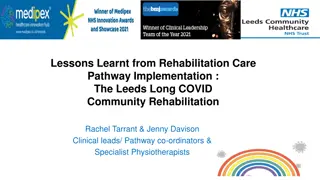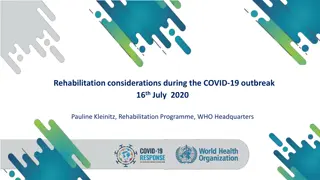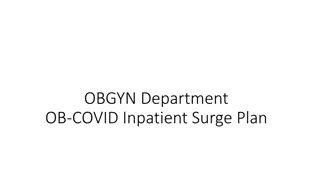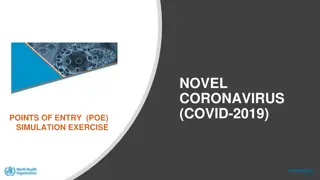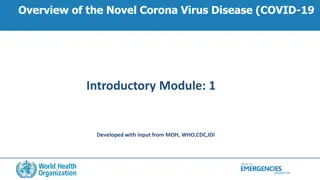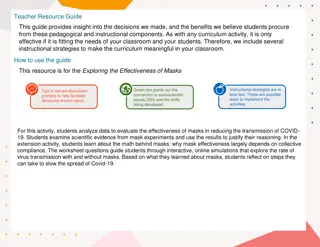Transmission characteristics of COVID - 19
Detailed information on COVID-19 transmission via coughing, speaking, room ventilation, viral load dynamics, and prevention measures to avoid clusters. Learn about droplet sizes, aerosol persistence, viral load variations, and strategies to mitigate transmission risks in various settings.
Download Presentation

Please find below an Image/Link to download the presentation.
The content on the website is provided AS IS for your information and personal use only. It may not be sold, licensed, or shared on other websites without obtaining consent from the author.If you encounter any issues during the download, it is possible that the publisher has removed the file from their server.
You are allowed to download the files provided on this website for personal or commercial use, subject to the condition that they are used lawfully. All files are the property of their respective owners.
The content on the website is provided AS IS for your information and personal use only. It may not be sold, licensed, or shared on other websites without obtaining consent from the author.
E N D
Presentation Transcript
Transmission characteristics of COVID - 19 Dr.Banushree Physician
Cough produces - both large 100-1000 microns) and small droplets (more 1-10 microns) Speech produces smaller droplets only Smaller droplets remain in air for 9 minutes before settling on ground Aerosols evaporate faster Large droplets settle faster Transmission characteristics of Covid-19
Room ventilation and droplets Room with no ventilation takes 5 minutes for droplets to reduce by 50% Poor ventilation 1.4 minutes Well ventilated 50% in 30sec
Viral load Viral load same for symptomatic , asymptomatic and minimally symptomatic High viral load around time of symptom onset decrease after 10 days
Three C prevent clusters Avoid closed spaces with poor ventilation Crowded places Close contact settings- close range conversation
